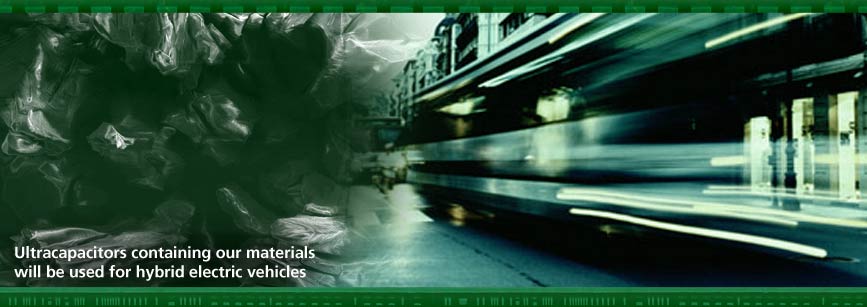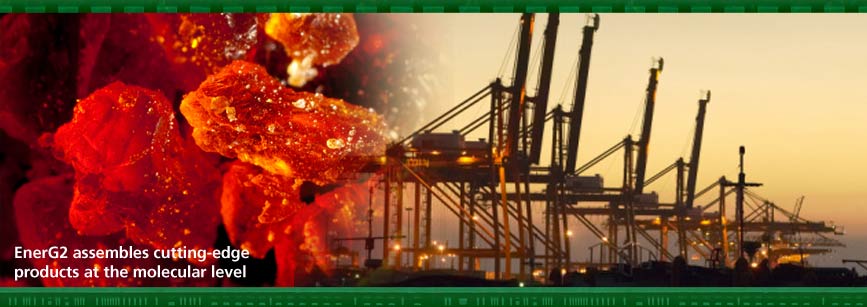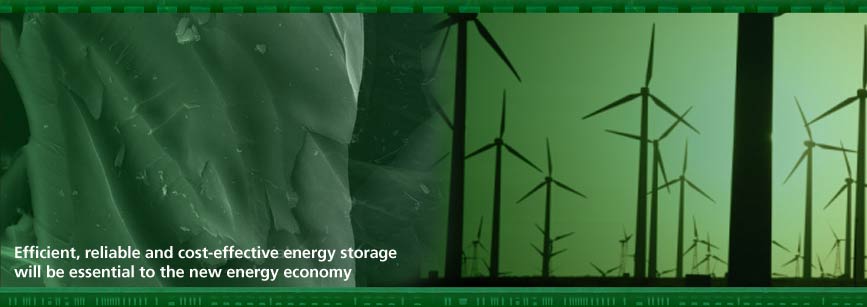Year-Long Project Could Help Improve Lead-Acid Battery Performance in Emerging Applications – From Automotive to Industrial to Power Backup
SEATTLE – September 22, 2011 – EnerG2 (www.energ2.com), a Seattle-based company focused on producing advanced nano-structured materials for next-generation energy storage breakthroughs, today announced that it has received a prestigious research contract from the Advanced Lead-Acid Battery Consortium (ALABC; www.alabc.org) that could help improve lead-acid battery performance in emerging applications – from automotive microhybrids to industrial motive to power backup.
Based in Research Triangle Park, North Carolina, and founded in 1992 as a program of the International Lead Zinc Research Organization (ILZRO), the ALABC is an international research consortium comprised of over 60 lead producers, battery manufacturers, equipment suppliers, research organizations and other pertinent entities – including Johnson Controls, Exide, Northstar, Enersys, C&D;, Doe Run, RSR, Eastman Chemical, and Southern California Edison – organized to enhance the performance of lead-acid batteries for a variety of markets, including hybrid electric vehicle (HEV) applications.
The consortium pools the resources of its worldwide membership in order to facilitate and manage specific research and development programs that otherwise would not be possible.
Advancing Knowledge and Progress Exponentially
“EnerG2 has a unique, customized, and high-purity carbon manufacturing process that makes it very deserving of this research project,” says Dr. Boris Monahov, program manager of ALABC. “Our members are very pleased, and eagerly await the findings that will result from this project. Our sincere hope is that it will advance our knowledge and progress in the field of lead-acid batteries exponentially.”
The purpose of the ALABC’s 12-month project with EnerG2 is to study the hydrogen gassing characteristics of carbon materials and develop a hypothesis for relating gassing performance to the physical and purity properties of activated carbons, as well as graphite and carbon blacks.
“This project offers several very important benefits,” explains Dr. Aaron Feaver, Chief Technology Officer at EnerG2. “Direct electrochemical performance of carbon in a lead-acid system has yet to be studied in depth, and our research will provide insight into the hydrogen gassing characteristics of carbon materials. The influence of carbon additives to negative plate performance can sometimes be difficult to distinguish due to interactions and parallel processes in the lead-acid battery system, and our project provides a test method for direct analysis of the electrochemical behavior of the carbon additives. Most importantly, though, at the end of this project, we think we’ll be able to help lead-acid-battery manufacturers select carbons that do not adversely affect the hydrogen gassing performance of their batteries when included in the negative active material.”
The new lead-acid battery application is based upon EnerG2’s Carbon Technology Platform, which brings together the company’s proprietary carbon processing technologies and rapidly advances the speed with which carbon technologies are developed and applied to a variety of energy storage applications.
Helping Key Industries Fulfill Their Energy Potential
“Advanced carbons represent a new frontier for improving lead-acid battery performance in emerging applications,” says Rick Luebbe, CEO of EnerG2. “And the significant research project from the ALABC, for which we’re very grateful, allows us to pursue a number of meaningful approaches that will help a variety of key industries fulfill their 21st century energy potential.”
Lead-acid batteries, which are expected to generate $16 billion in sales by 2016, up from $10 billion in 2010, have been the energy storage backbone for a variety of applications. However, increasing power and cycle demands have limited the industry’s growth and pushed manufacturers to seek new approaches, specifically the inclusion of carbons in the active materials.
Looking forward, one of the biggest opportunities for lead-acid batteries is in “micro-hybrid” vehicles, which draw battery power to eliminate idling in stop-and-go traffic and to power cabin electronics. This expanding market is expected to fuel gains for energy storage technologies through 2015.
"The ALABC research grant that EnerG2 has just received offers a good measure of encouragement for our supply base to continue innovating lead/acid battery technology,” says Dr. Eckhard Karden at Ford Motor Company. “We need energy storage breakthroughs to make the best and cleanest vehicles possible in the coming years. That’s why research toward cost-efficient storage devices is so important."
Support From the Public and Private Sectors
Harnessing its patented, activated carbon technologies to build customized high-purity carbon materials at the molecular level, EnerG2 and its proprietary Carbon Technology Platform have attracted support from the public and private sectors because of a shared belief that the company’s approach will ultimately improve the performance of a wide variety of critical and next-generation energy storage devices.
In addition to backing from the United States Department of Energy and the Washington State Energy Program, EnerG2 has received support from: the University of Washington, the Washington Technology Center, WRF Capital, the Sustainability Investment Fund, Northwest Energy Angels, the Frontier Angel Fund, OVP Venture Partners, Yaletown Venture Partners, Firelake Capital Management and strategic partner Oregon Freeze Dry.
And, since its founding in 2003, EnerG2 has expanded its workforce to over 30 people; will hire more than 30 employees for its Albany, Oregon operation; and placed its carbon materials in the hands of approximately 60 key companies. The company will operate the first facility in the world dedicated to the commercial-scale production of nano-engineered synthetic high-performance carbon electrode material in Albany, Oregon.
For Further Information
Steven Gottlieb
[email protected]
206.427.9591
|





